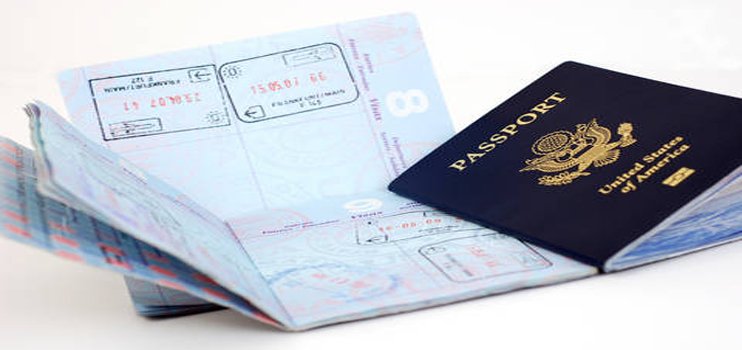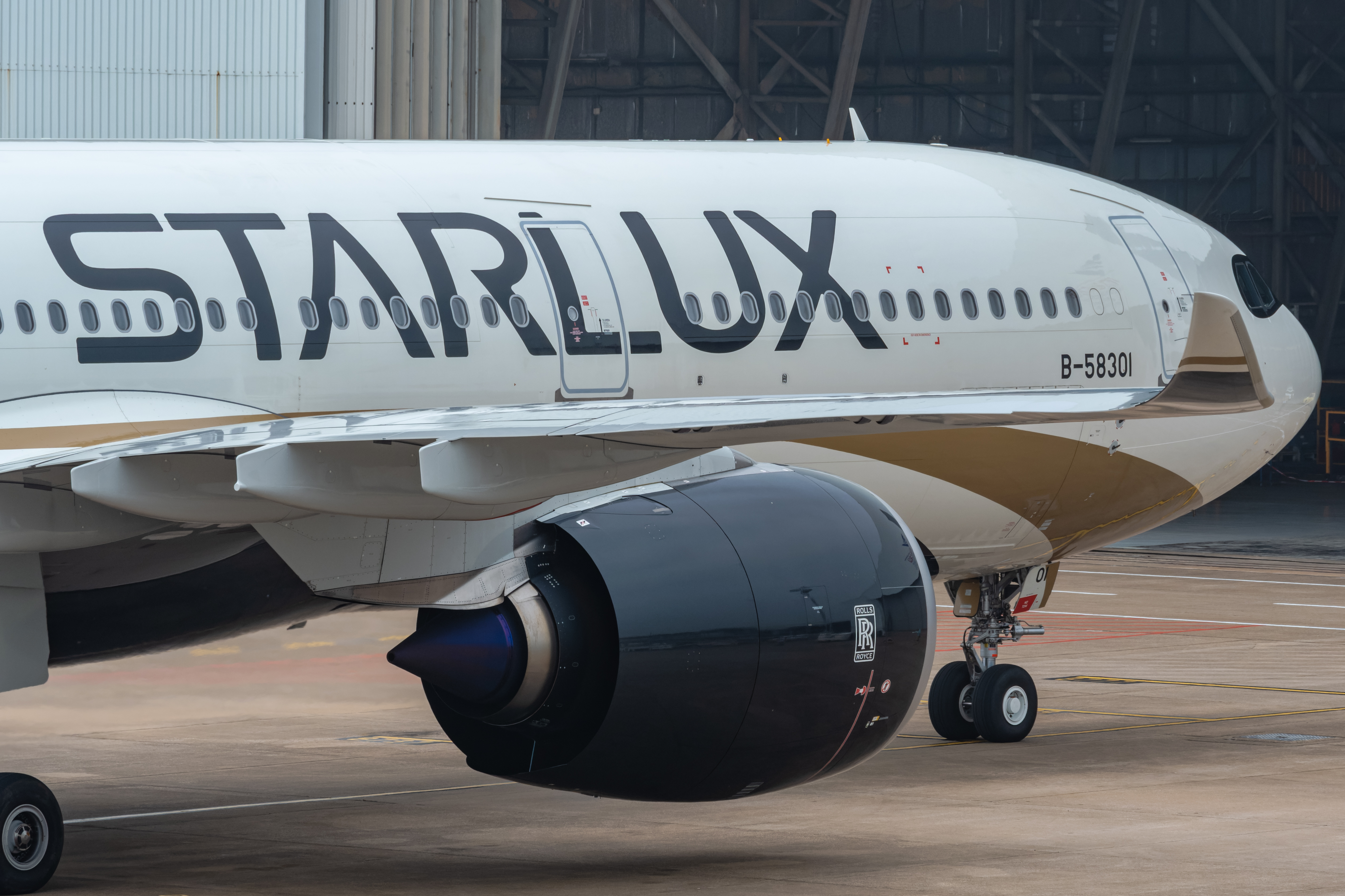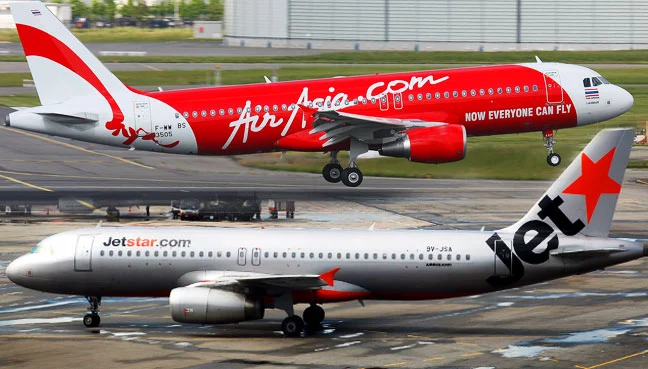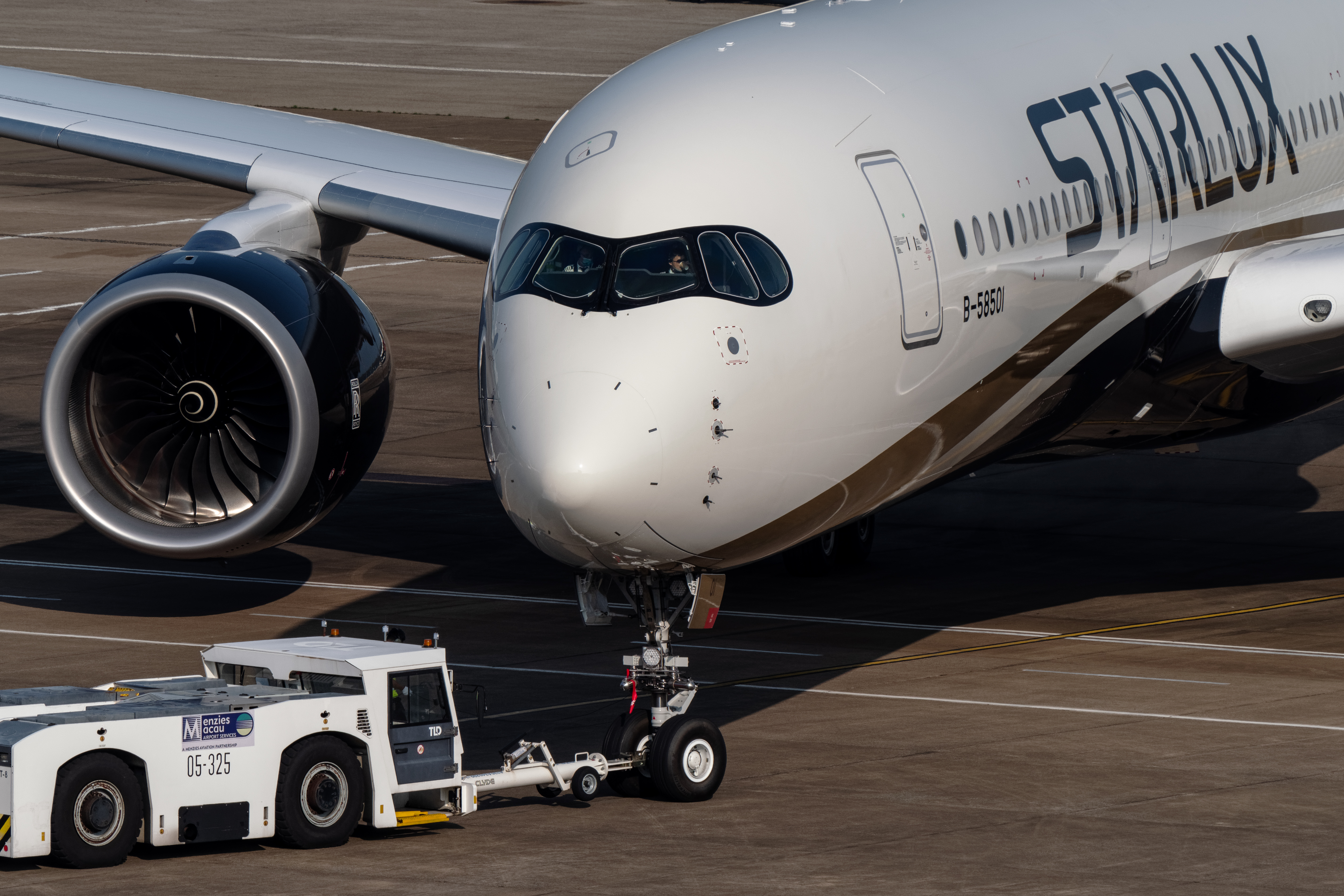By Jerome Greer Chandler
Published Tue Nov 24 2015
Nothing is ever certain in this life, but it’s a pretty good bet airfares won’t take off next year. Matter of fact, the American Express Global Business Travel Forecast 2016 (GBT) is predicting only a modest hike in the cost of airline tickets—depending on where you live and where you’re headed.
In a prepared release the American Express Global Business Travel (GBT) says, “Led by favorable market conditions in North America and tempered growth in Asia, the airline industry will see slight pricing gains as increased demand is offset by similar growth in capacity partially spurred by lower fuel costs.”
What’s this mean for you and your (or your company’s) pocketbook? Here’s the region-by-region rundown:
North America. Short-haul business class tickets are predicted to increase .4% to 2.4% next year; long-haul business class by .4% to 2.9%. GBT forecasts a .7% to 2.7% hike in long-haul economy airfares. But the best news of the bunch is the projected cost of a short-haul economy ticket. GBT believes it will fall by as much as 1.5%, and rise no more than 1.1%.
Latin America. If you’re bound to, or intend to fly within, Latin America be prepared to reap the benefits of what American Express Global Business Travel labels “economic headwinds.” They’re expected to drive down the prices across the board, but especially in economy class. The forecast predicts short-haul business class will rates will fall by 3.5% to .5%; long-haul business class seats could sell for 3% less than they did. Back behind the curtain, short-haul economy class is predicted to plummet by as much as a full 4% to a more modest .5%; long-haul economy class accommodations should drop 1% to 4%.
Europe and the Middle East. 2016 European airfares are predicted to remain relatively stable—that’s if you book a seat in the back. “Premium cabin costs,” says GBT, are “the exception.” Overall, “continued pressure from both LCCs (low-cost carriers) and the Gulf Carriers “will place strong downward pressure on fares throughout Europe, particularly on short- and long-haul routes to Asia.”
In the Middle East itself expect rapid capacity growth by Gulf Carriers and a persistent, lingering weakness in the region’s petro-pegged economy to “generally push… prices lower.” In Europe, short-haul business class is projected to fall as much as 1% and not to rise more than 2%. No such luck with long-haul business class. GBT says those airfares should rise between 1% and 3%. Short-haul economy passengers should pay between 2% less to 1% more for a seat, while long-haul economy looks to be as much as 3% less expensive.
Middle East airline short-haul business class seats aren’t cheap. They’ll cost you 2% to 5% more; long-haul business class in the region should run 1% to 3% more.
GBT envisions short-haul economy in the Middle East increasing by between 2% and 3%. Long-haul economy should rise no more than 1%.
Asia-Pacific. Look for domestic economy airfares to show the most robust price increases in the region. This will be especially true in China, where the burgeoning middle class is making its mark, and loves to travel. Domestic Asia-Pacific business class airfares should increase between 1% and 2.8% according to American Express. International business class looks to post a .6% to 2.6% gain, while intra-APAC business class tickets might rise as much as 2%. Domestic economy fares are predicted to increase 2% to 3.5%, international economy seats 1% to 2.7% and intra-APAC seat prices between .5% and 2%.
So blow the winds of change in the year to come—modestly to moderately. Pack accordingly.





